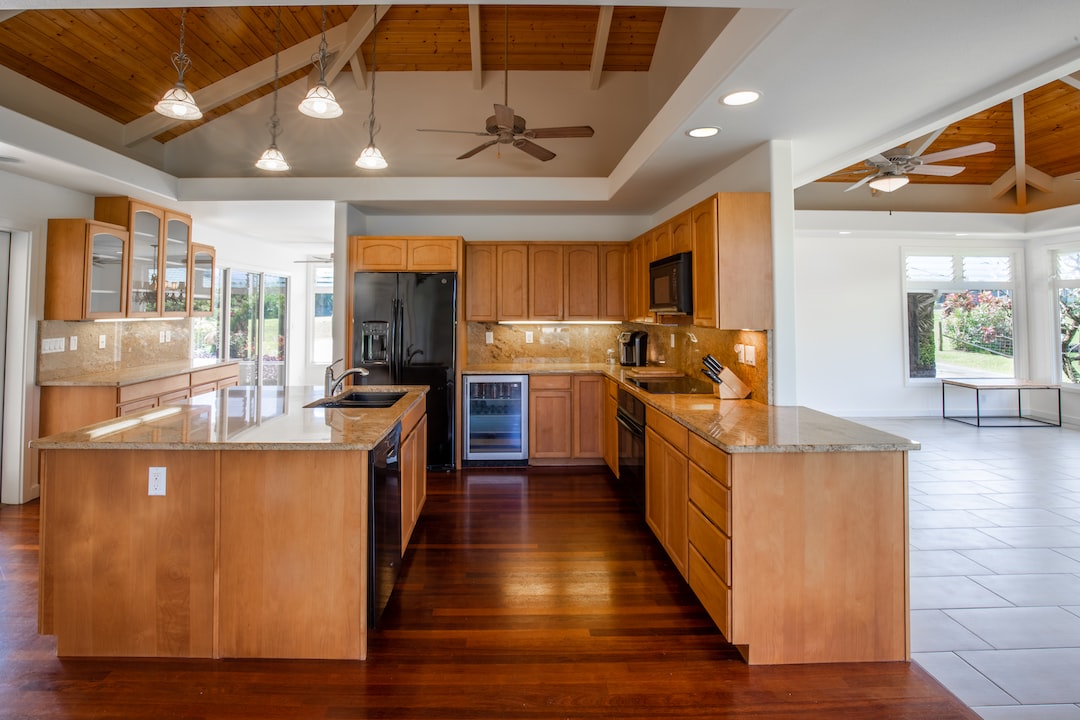
The Rise of Co-living Spaces: An Alternative to Traditional Real Estate
Share0The Rise of Co-living Spaces: An Alternative to Traditional Real Estate
In recent years, there has been a significant shift in the way people live and work. With rising housing costs and an increasing desire for flexible living arrangements, the concept of co-living spaces has gained immense popularity. Co-living spaces offer a viable alternative to traditional real estate, providing a solution to the challenges faced by many individuals and communities.
So, what exactly are co-living spaces? In simple terms, co-living is a way of life where individuals, typically working professionals or students, share a living space together. These spaces are designed to foster a sense of community, collaboration, and sustainability. With shared common areas, such as kitchens, living rooms, and recreational spaces, co-living spaces encourage residents to interact and build relationships with one another.
One of the primary reasons driving the rise of co-living spaces is the affordability factor. In today’s world, where housing prices are soaring, particularly in urban areas, many people find it difficult to find suitable and affordable accommodation. Co-living provides an economical solution by allowing individuals to rent a room within a larger apartment or house, thus dividing the expenses among the residents. This not only makes it more affordable but also provides an opportunity to live in prime locations that would otherwise be financially out of reach.
Moreover, co-living spaces offer flexibility, which is highly sought-after in today’s fast-paced world. Traditional real estate often requires individuals to commit to long-term leases, which can be limiting and challenging when circumstances change. Co-living, on the other hand, usually follows a more flexible model, allowing residents to opt for shorter lease terms. This is ideal for those who frequently travel for work, have changing circumstances, or simply want to explore different areas without the commitment of a long-term lease.
Beyond affordability and flexibility, co-living spaces provide a unique social experience. With shared living spaces, residents have the opportunity to meet and connect with like-minded individuals from diverse backgrounds. This fosters a sense of communal living and creates an environment where residents support and learn from one another. Additionally, co-living spaces often organize social events and activities, further encouraging community engagement and bonding.
Another significant benefit of co-living spaces is the emphasis on sustainability and resource-sharing. By sharing resources, such as kitchen equipment, furniture, and appliances, co-living reduces the environmental impact caused by the excessive production of goods. Additionally, co-living spaces often incorporate sustainable practices, such as solar panels, rainwater harvesting, and energy-efficient appliances, promoting a greener way of living. This focus on sustainability aligns with the growing awareness and importance of eco-conscious living.
However, it’s important to acknowledge that co-living spaces are not without challenges. Privacy can be a concern for some individuals, as sharing living spaces means sacrificing a certain level of personal space. Moreover, conflicts arising from differing lifestyles or habits may occur, although most co-living spaces have systems in place to mediate such issues. Therefore, it’s crucial for individuals considering co-living to thoroughly research and select spaces that align with their values and expectations.
In conclusion, co-living spaces have emerged as an attractive alternative to traditional real estate, addressing the challenges of high housing costs and limited flexibility. With their affordability, flexibility, sense of community, and focus on sustainability, co-living spaces offer a unique way of living that resonates with the needs of many individuals today. As the demand for affordable and adaptable accommodation continues to rise, co-living is shaping the future of how we live and interact in the urban landscape.
